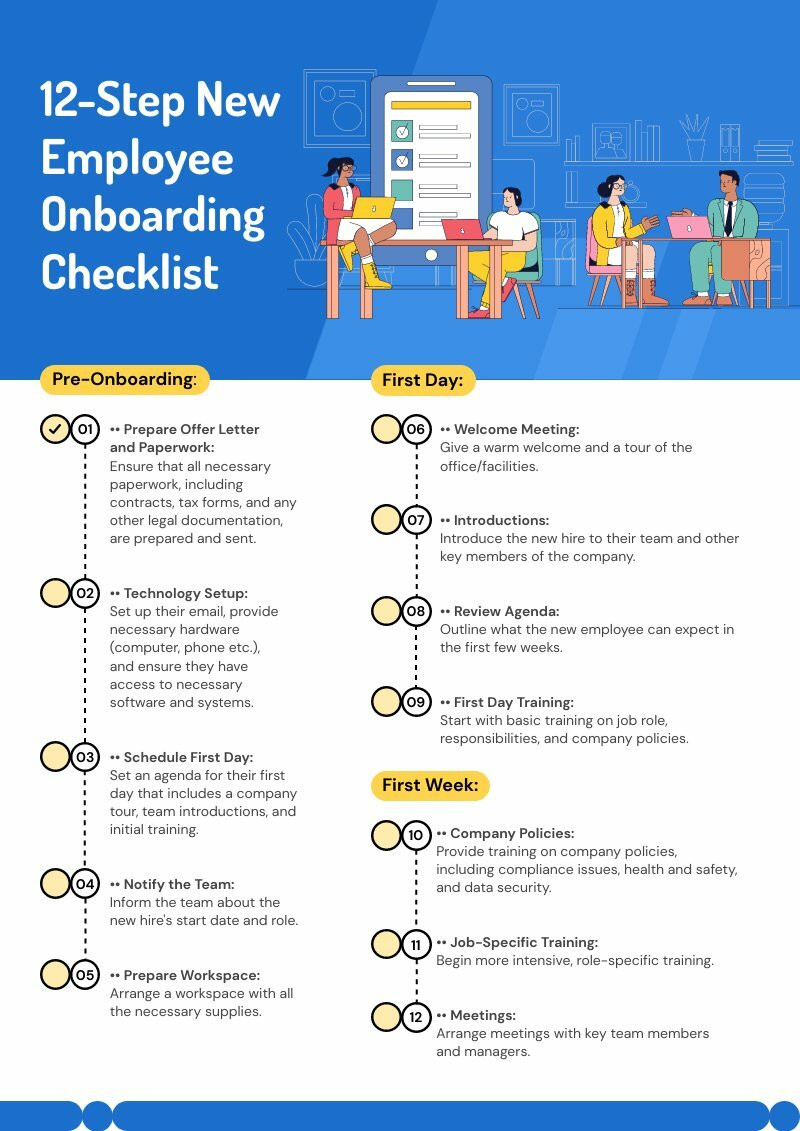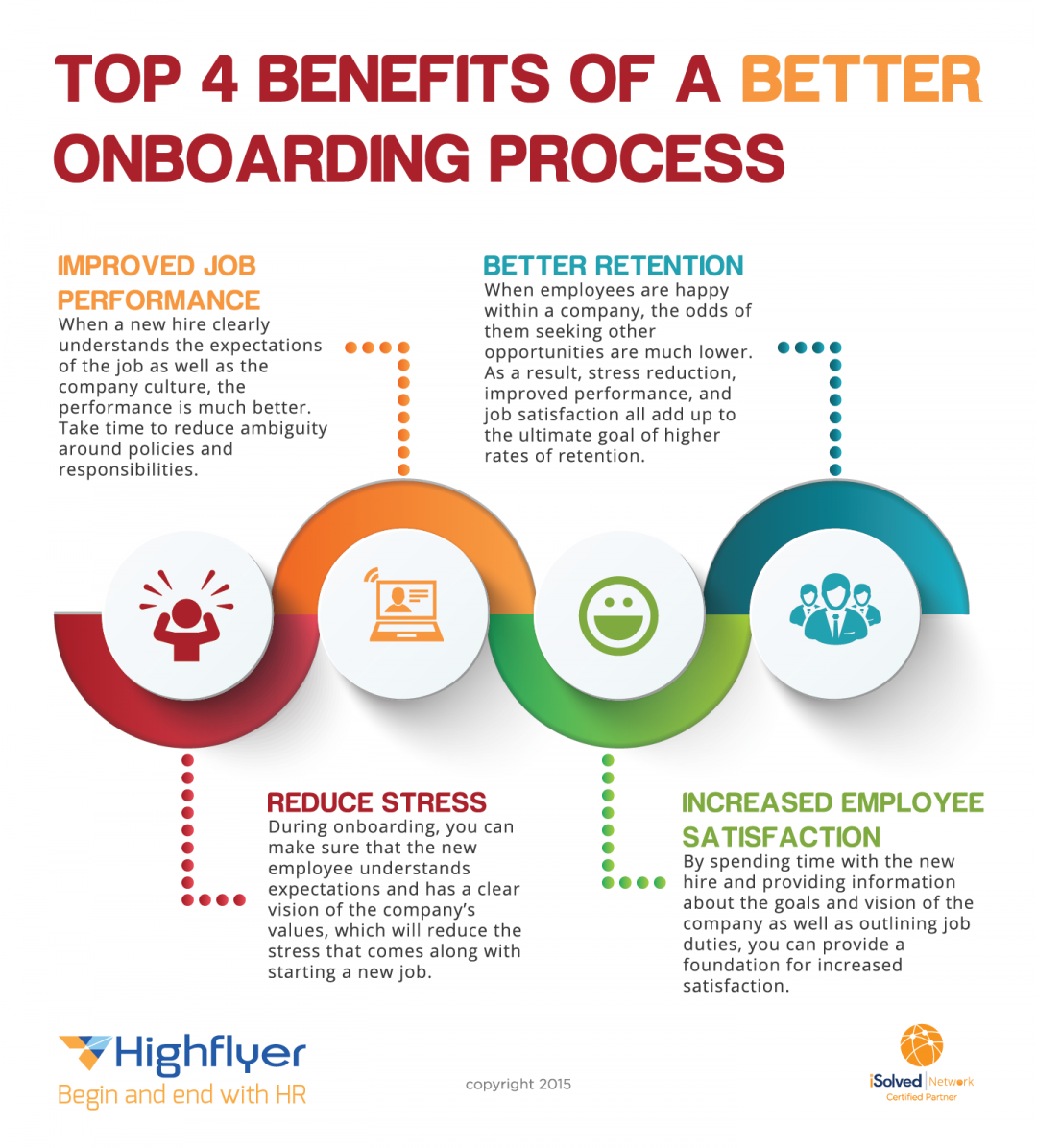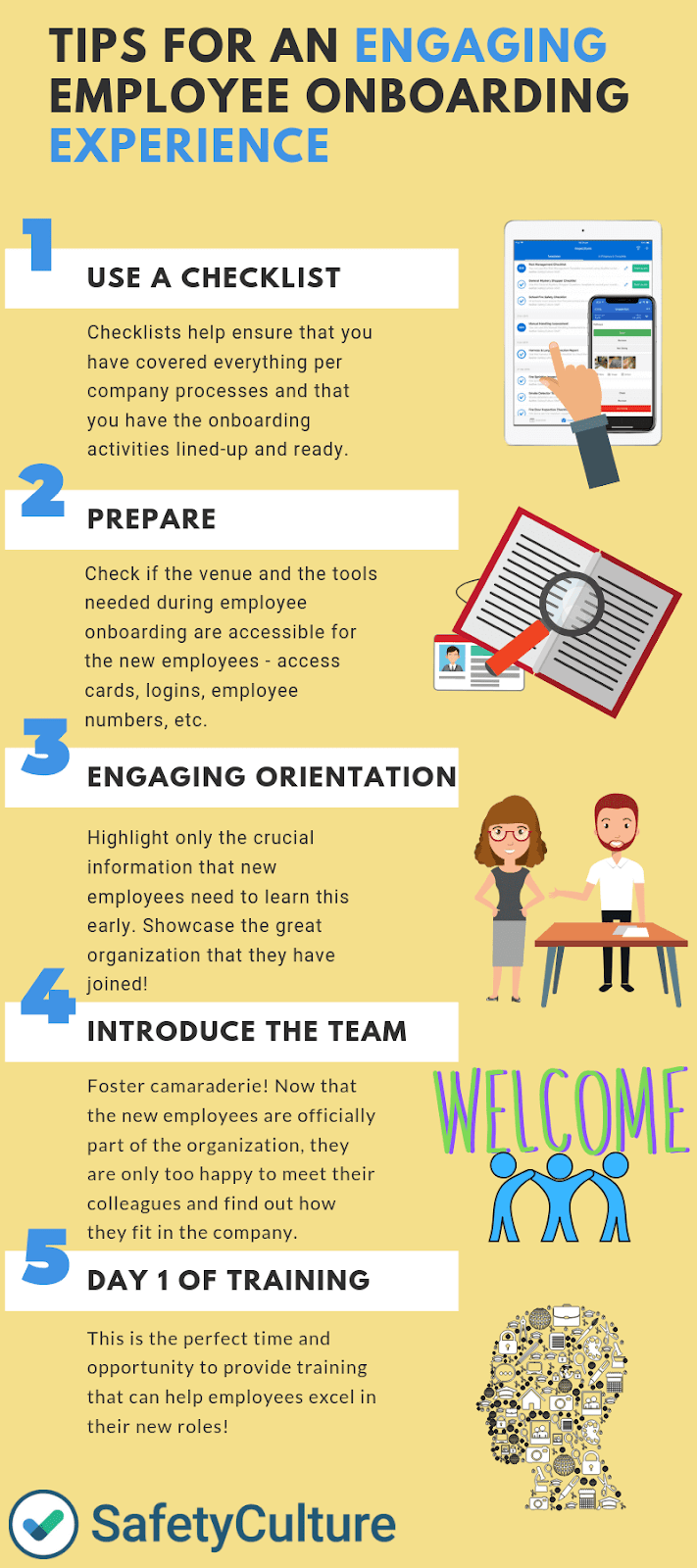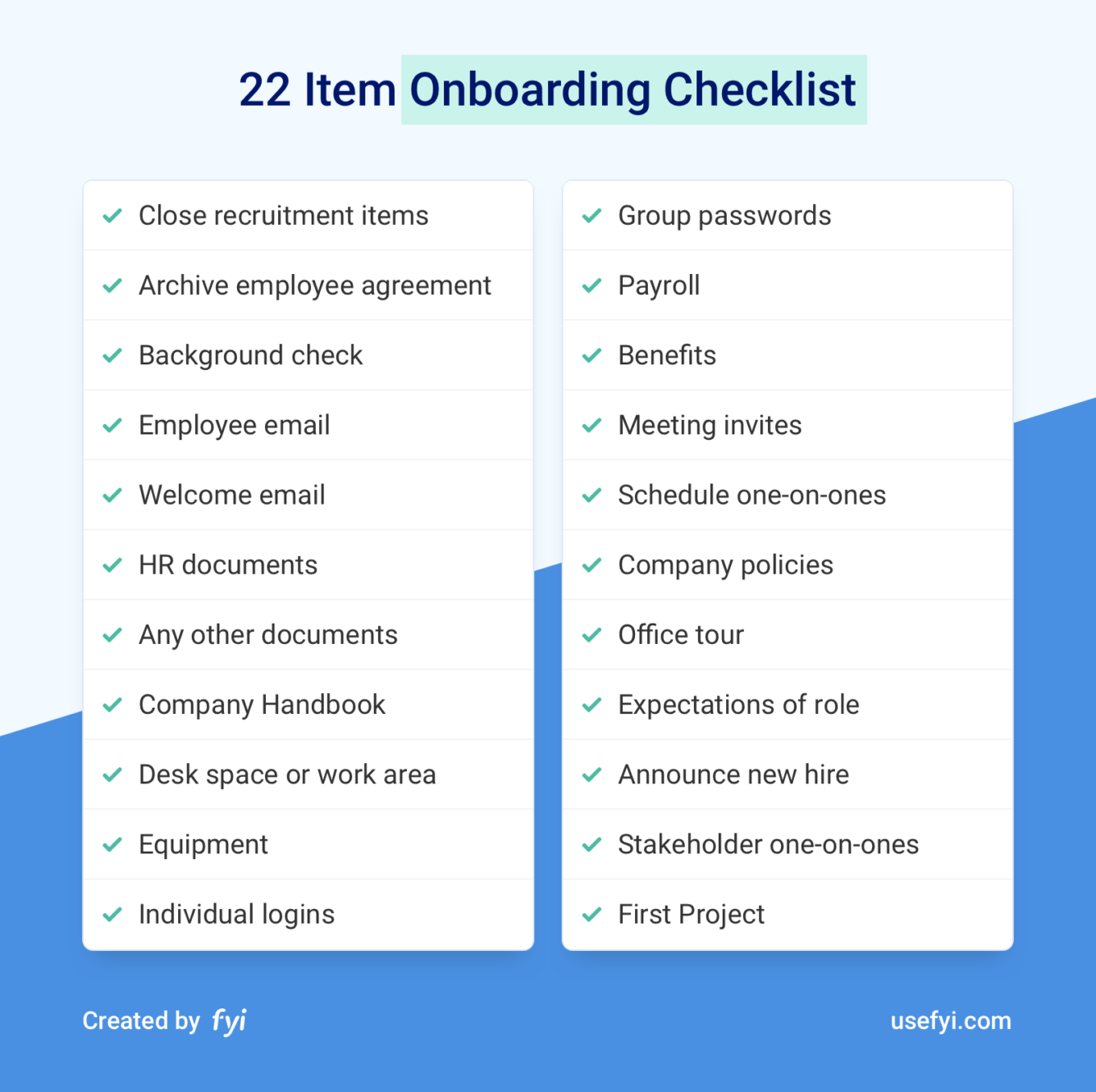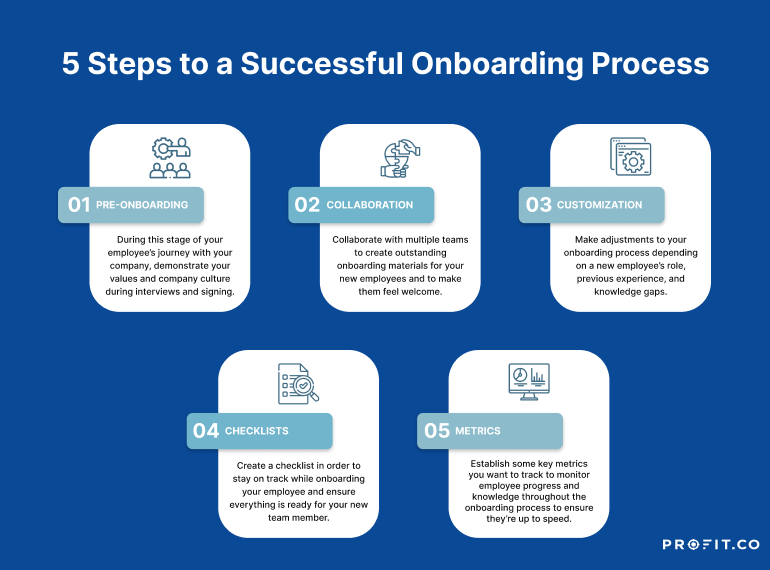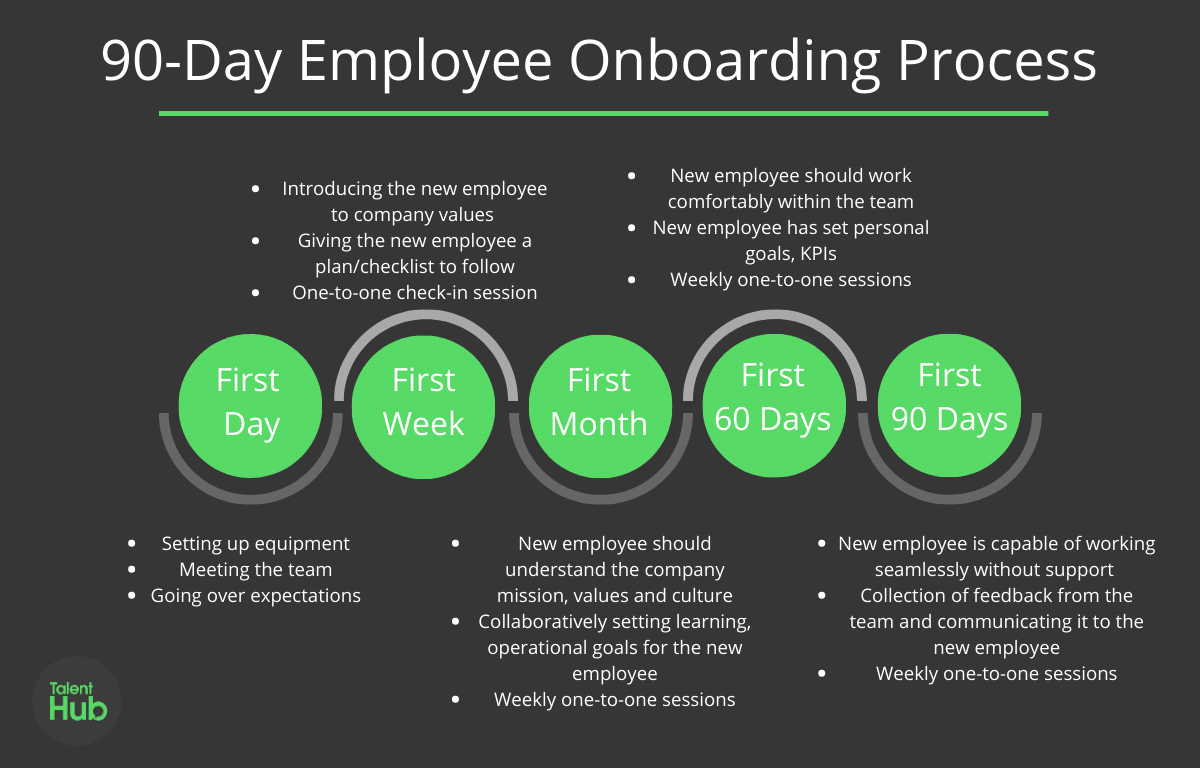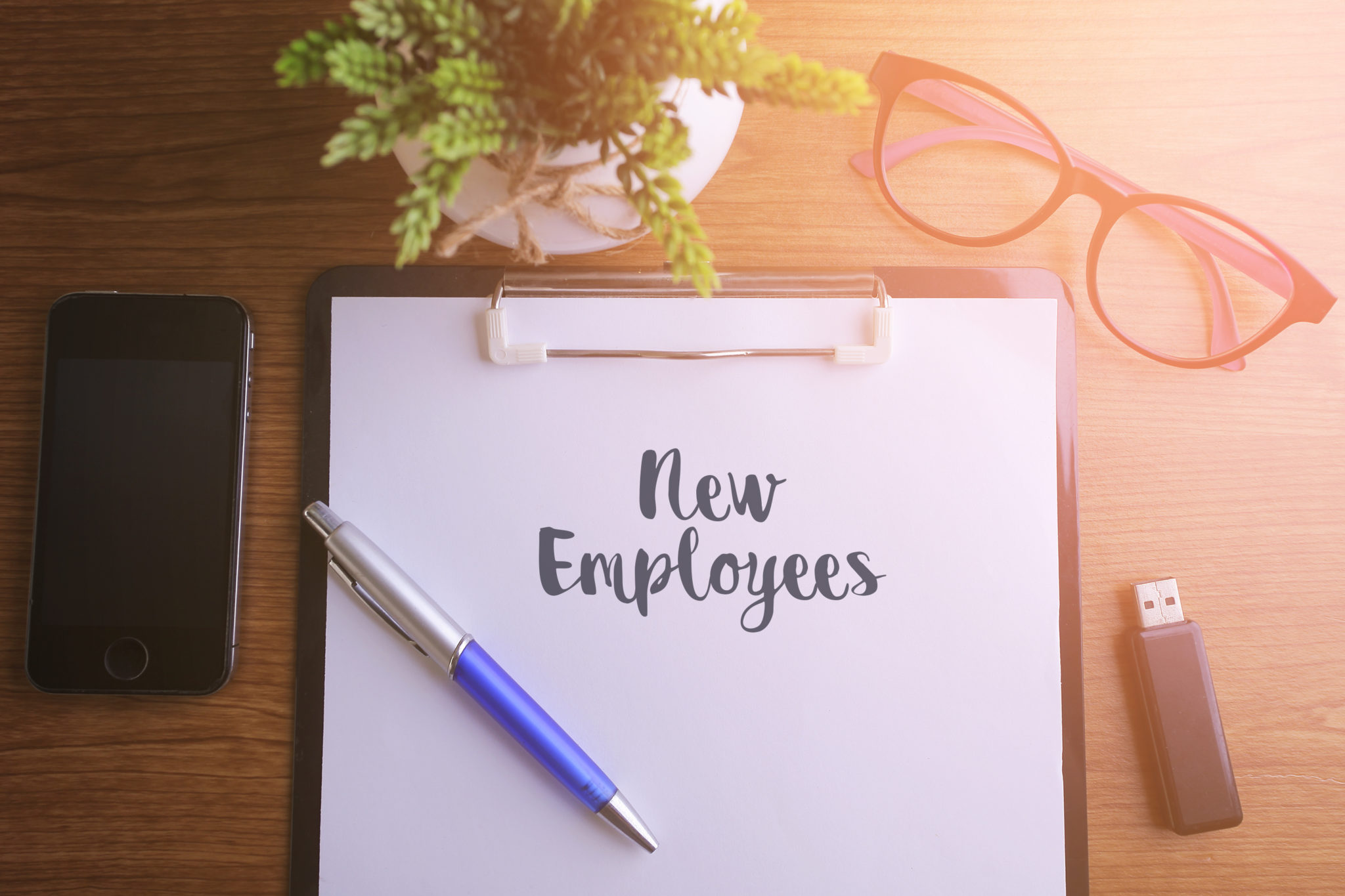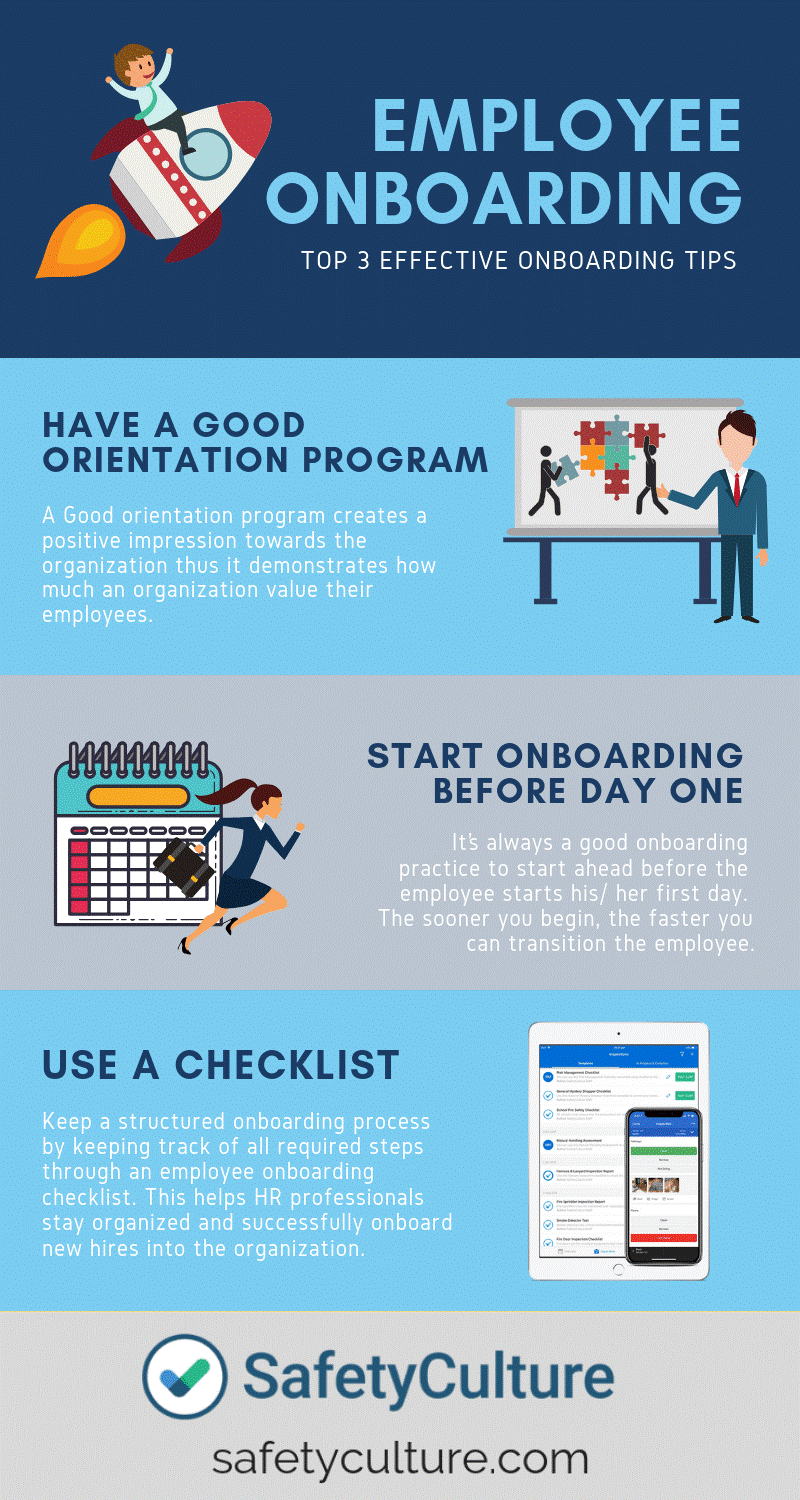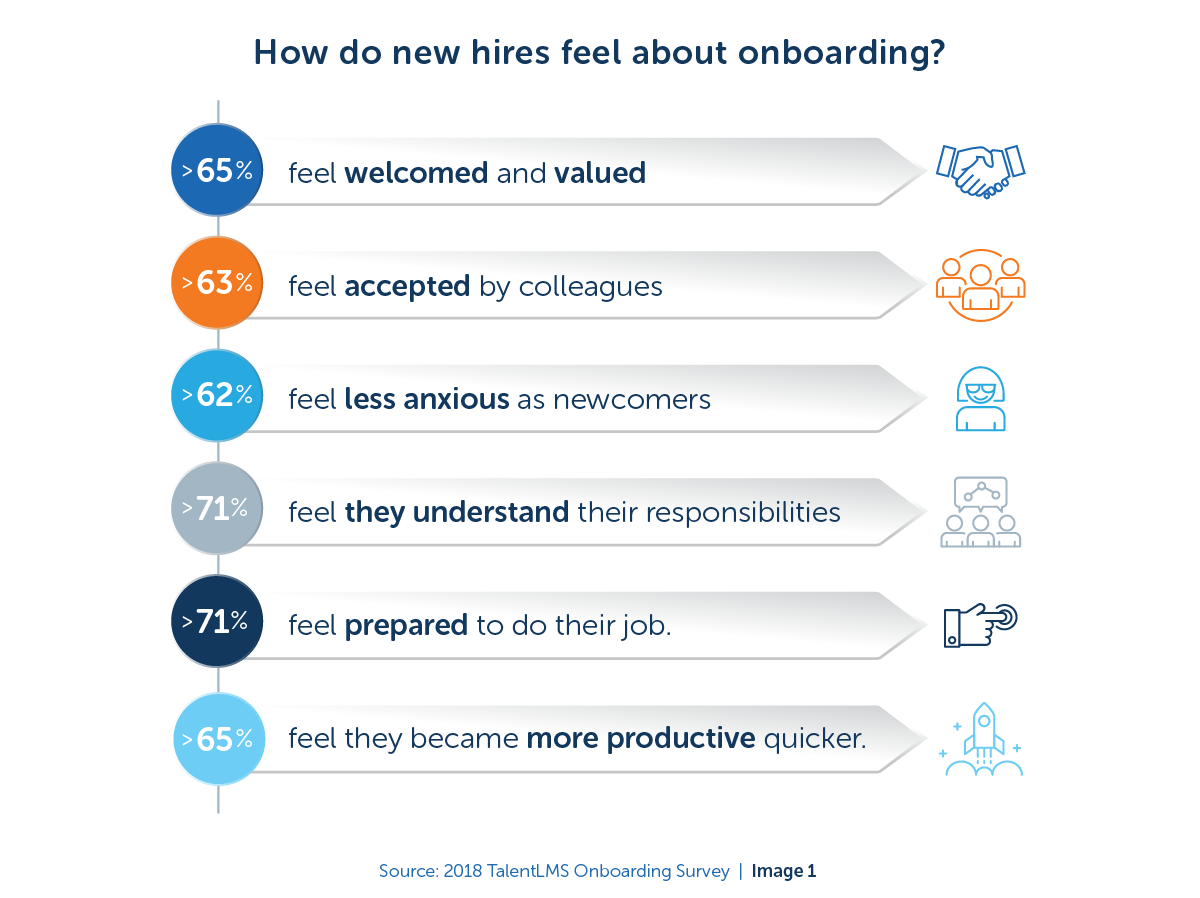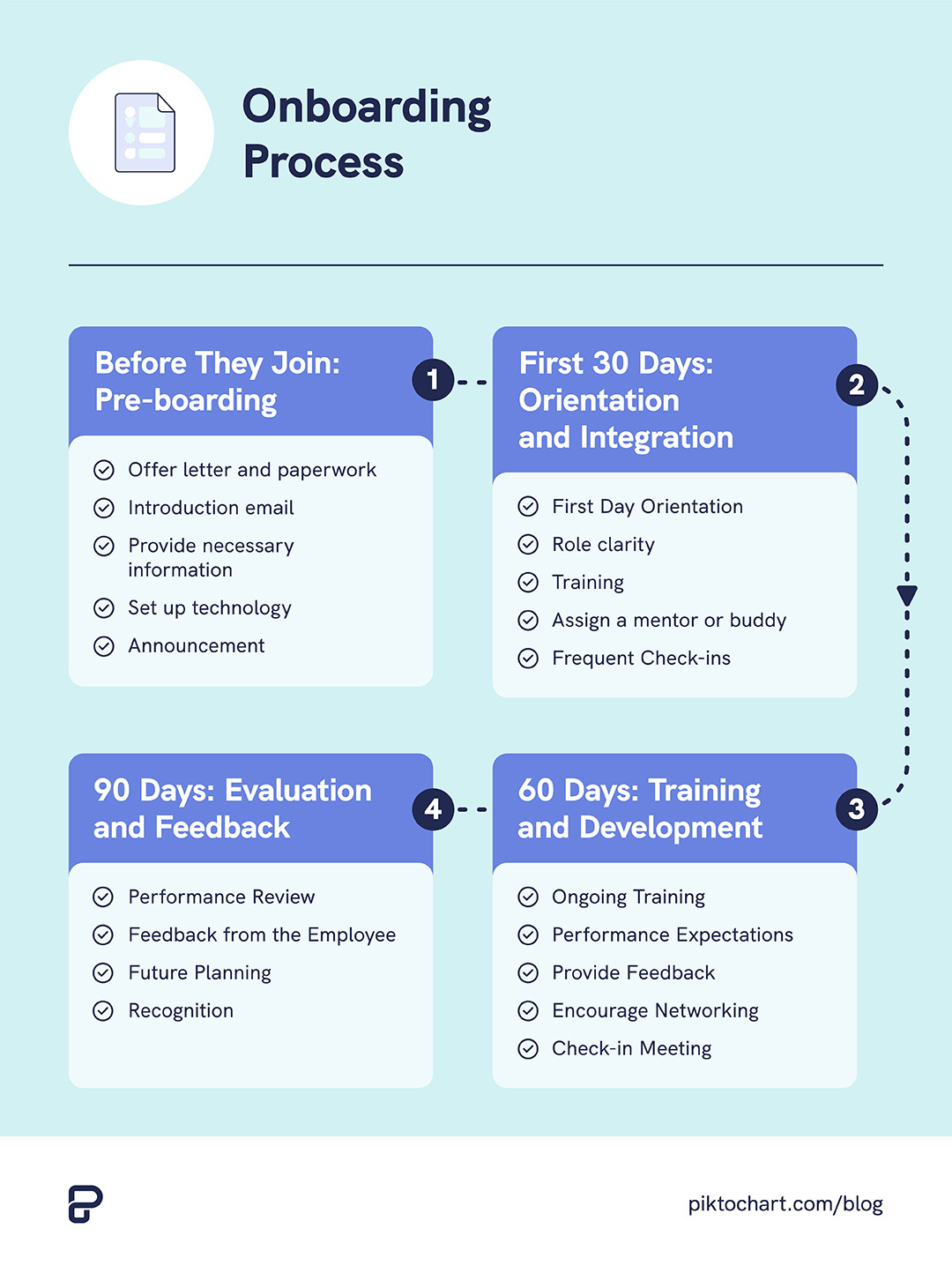What Is The Best Way To Onboard A New Hire

Onboarding a new hire is an investment, not an expense. A well-structured onboarding program can significantly impact employee retention, productivity, and overall company culture, directly affecting your bottom line. For the value-conscious shopper, every dollar spent must yield a tangible return.
This review analyzes various onboarding approaches, helping you identify the most cost-effective strategies for different organizational needs. We focus on delivering maximum impact with minimal budgetary strain, enabling you to optimize your onboarding process without breaking the bank.
Shortlist of Onboarding Solutions
Here's a quick look at onboarding solutions tailored to different audiences and budgets:
- Budget-Friendly: Streamlined digital checklists and readily available online resources.
- Mid-Range: A combination of digital tools and mentorship programs.
- Premium: Comprehensive onboarding platforms with personalized learning paths and dedicated support.
Detailed Reviews
Budget-Friendly: The Lean Approach
The lean approach emphasizes using free or low-cost tools to onboard new hires. This often involves creating digital checklists within existing project management software and curating readily available online resources. This is an excellent choice for startups or small businesses with limited budgets.
Consider tools like Trello or Asana for creating onboarding task boards. Leverage free learning platforms like YouTube or company-created wikis for knowledge transfer.
Pros: Highly affordable, easy to implement, and scalable. Cons: Requires significant internal effort to curate content and track progress, potentially lacking personalization.
Mid-Range: Mentorship and Digital Integration
This option combines basic digital tools with a structured mentorship program. New hires are paired with experienced employees who provide guidance and support during their initial weeks.
Invest in a simple Learning Management System (LMS) for delivering essential training modules. Implement regular check-in meetings between the new hire and their mentor to foster communication and address any concerns.
Pros: Provides a balance between cost and effectiveness, offering personalized support. Cons: Requires careful mentor selection and training, potentially leading to inconsistencies in the onboarding experience.
Premium: Comprehensive Onboarding Platforms
Comprehensive onboarding platforms offer a centralized solution for managing the entire onboarding process. These platforms often include features such as automated workflows, personalized learning paths, and advanced analytics.
Popular platforms include Talmundo, BambooHR, and Workday. These solutions typically come with a higher price tag but can significantly improve efficiency and employee engagement.
Pros: Streamlined process, personalized experience, and detailed reporting. Cons: Higher upfront cost, requires integration with existing HR systems, and potential learning curve for administrators.
Side-by-Side Specs Table with Performance Scores
| Feature | Budget-Friendly | Mid-Range | Premium |
|---|---|---|---|
| Cost | Low | Medium | High |
| Implementation Time | Fast | Medium | Slow |
| Personalization | Low | Medium | High |
| Automation | Low | Medium | High |
| Analytics | Low | Medium | High |
| Scalability | High | Medium | Medium |
| Overall Score | 6/10 | 8/10 | 9/10 |
Practical Considerations
Before choosing an onboarding approach, consider your company's size, industry, and specific needs. A large enterprise with complex processes will likely benefit from a comprehensive platform.
A small startup may find a lean approach more suitable. Focus on creating a welcoming and supportive environment, regardless of the chosen method.
Think about long-term goals for your onboarding process. Can it adapt to accommodate company growth?
Key Performance Indicators (KPIs)
Establish clear KPIs to measure the effectiveness of your onboarding program. These could include time-to-productivity, employee satisfaction, and first-year retention rates.
Regularly track and analyze these metrics to identify areas for improvement. An effective onboarding program isn't static; it requires continuous optimization.
Consider conducting exit interviews with departing employees to gather valuable feedback. Understand what could have been better during their onboarding process.
Summary
Choosing the best way to onboard a new hire depends on your specific needs and budget. The budget-friendly approach prioritizes affordability, while the mid-range option balances cost and personalization. Comprehensive platforms offer the most robust features but come with a higher price tag.
Remember to consider your company's size, industry, and long-term goals. Carefully evaluate the pros and cons of each approach before making a decision.
Don't forget to track key performance indicators to measure the effectiveness of your onboarding program and make necessary adjustments.
Call to Action
Ready to transform your onboarding process? Assess your current needs and budget, then explore the solutions outlined in this review. Begin building a more engaged and productive workforce today.
Frequently Asked Questions (FAQ)
What is the most important aspect of onboarding?
Creating a positive and welcoming experience for the new hire. Ensure they feel valued and supported from day one.
How long should the onboarding process last?
Onboarding is an ongoing process, but the initial structured program typically lasts 3-6 months. Continuous support and development should extend beyond this period.
Can I use free tools for onboarding?
Yes, many free tools can be used to create a basic onboarding program. However, be prepared to invest significant time and effort in curating content and managing the process manually.
How do I measure the success of my onboarding program?
Track KPIs such as time-to-productivity, employee satisfaction, and first-year retention rates. Conduct regular surveys and gather feedback from new hires and their managers.
What if my budget is very limited?
Focus on creating a simple, structured checklist and assigning a mentor to each new hire. Utilize free online resources and prioritize clear communication and feedback.
